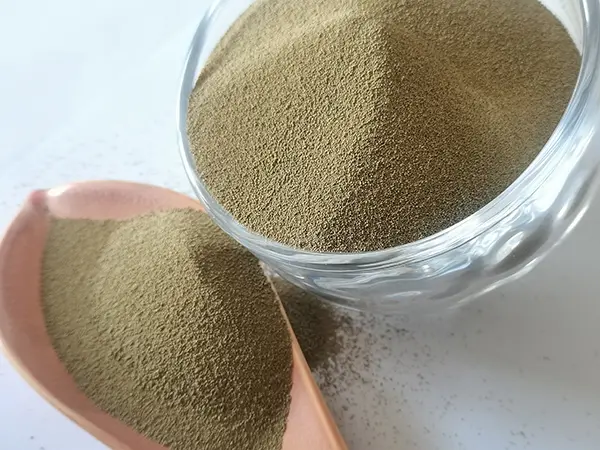The Versatility and Benefits of Ceramsite in Modern Construction
Ceramsite, a lightweight aggregate made from clay, is gaining popularity in construction and landscaping due to its remarkable properties and multiple applications. The production of ceramsite involves the heating of clay at high temperatures, which causes it to expand and take on a porous structure. This process not only enhances the material's lightweight characteristics but also significantly improves its durability and insulation properties. As the construction industry looks for innovative materials that contribute to sustainability and efficiency, ceramsite stands out as a material that meets these demands.
One of the primary advantages of ceramsite is its low density. This property makes it an ideal choice for various construction applications, particularly in situations where weight reduction is crucial. For instance, when used as an aggregate in concrete, ceramsite contributes to lighter structures, allowing for easier handling and reduced transportation costs. Additionally, lightweight structures can lead to lower foundation requirements, resulting in significant savings for builders.
In addition to its lightweight nature, ceramsite offers excellent thermal insulation properties. Structures built with ceramsite-based materials can maintain a more stable internal temperature, reducing the need for extensive heating or cooling systems. This energy efficiency not only lowers operational costs but also contributes positively to environmental sustainability. By minimizing energy consumption, ceramsite helps reduce greenhouse gas emissions associated with traditional energy sources.
ceramsite

Moreover, ceramsite demonstrates impressive water retention capabilities, making it an excellent choice for landscaping and gardening applications. Its porous structure allows it to absorb water and release it gradually, promoting healthy plant growth while minimizing the risk of overwatering. This quality is particularly beneficial in urban environments where green spaces are essential for enhancing air quality and promoting biodiversity. Ceramsite can be used in green roofs, planters, and as a soil amendment to improve drainage and aeration.
Ceramsite is also recognized for its resistance to environmental factors such as frost, heat, and chemicals, making it suitable for various climatic conditions. It does not degrade over time and maintains its properties, ensuring long-lasting performance in construction projects. This durability reduces the need for frequent repairs and replacements, further contributing to cost savings and sustainability in the long haul.
In recent years, the demand for sustainable building materials has prompted further research and development in the use of ceramsite. As constructions are increasingly required to meet the standards of green building certifications, the versatility of ceramsite positions it as a valuable asset in eco-friendly design and construction. From residential projects to commercial developments, ceramsite is being integrated into various applications, promoting a holistic approach to sustainable construction practices.
In conclusion, ceramsite is an innovative material that offers numerous benefits in modern construction. Its lightweight, durable, and environmentally friendly characteristics make it an ideal choice for builders and designers striving to create sustainable structures. As the construction industry continues to evolve, ceramsite will likely play an increasingly vital role in meeting the challenges of a rapidly changing world, solidifying its status as a cornerstone of modern building materials.
Post time:ruj . 12, 2024 13:07
Next:Sand for Metal Casting - Premium Casting Sand Solutions
